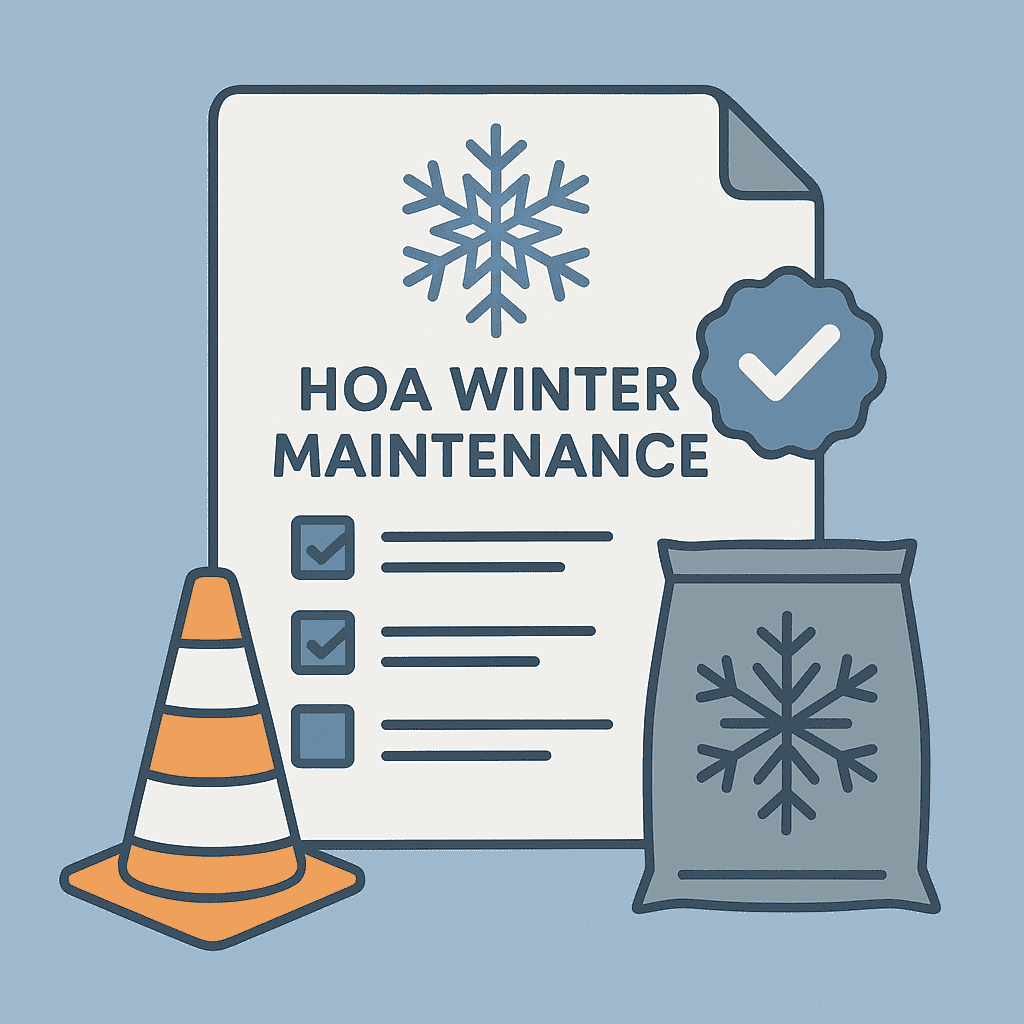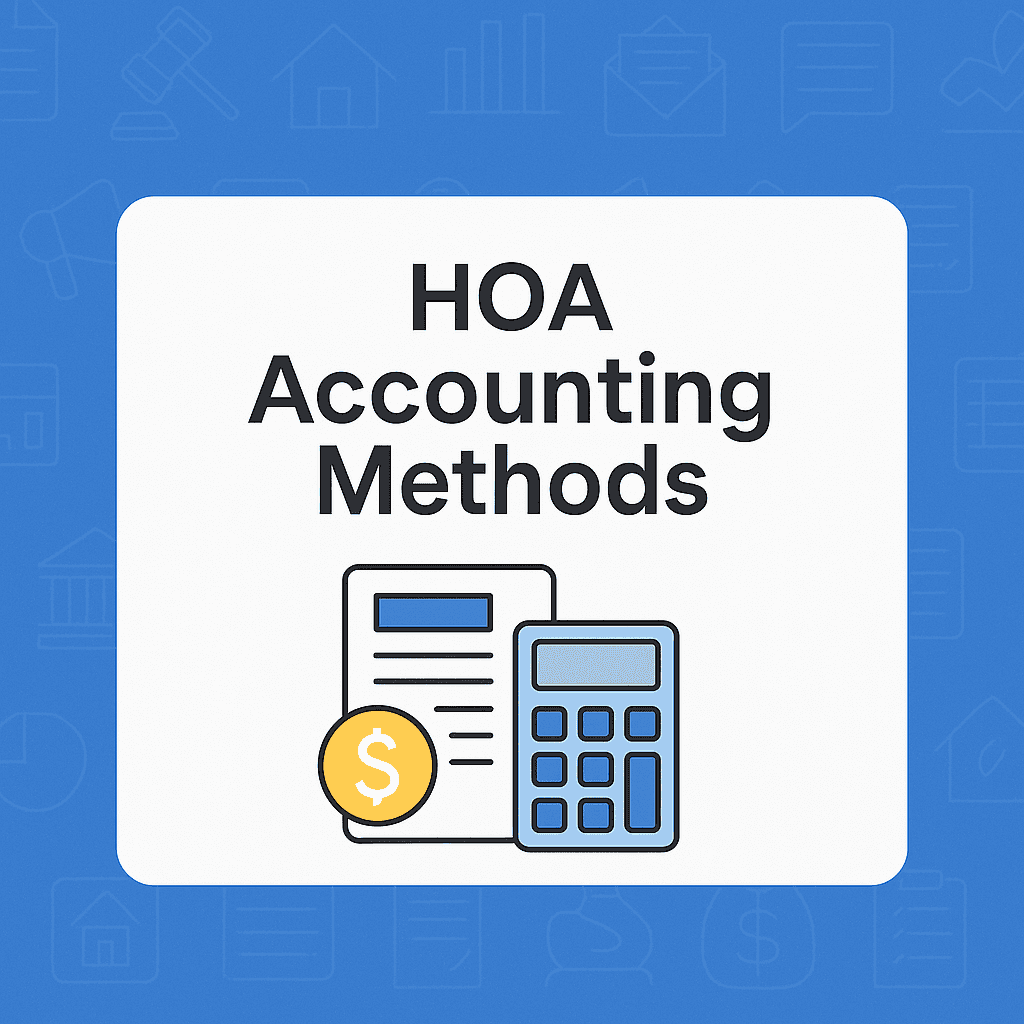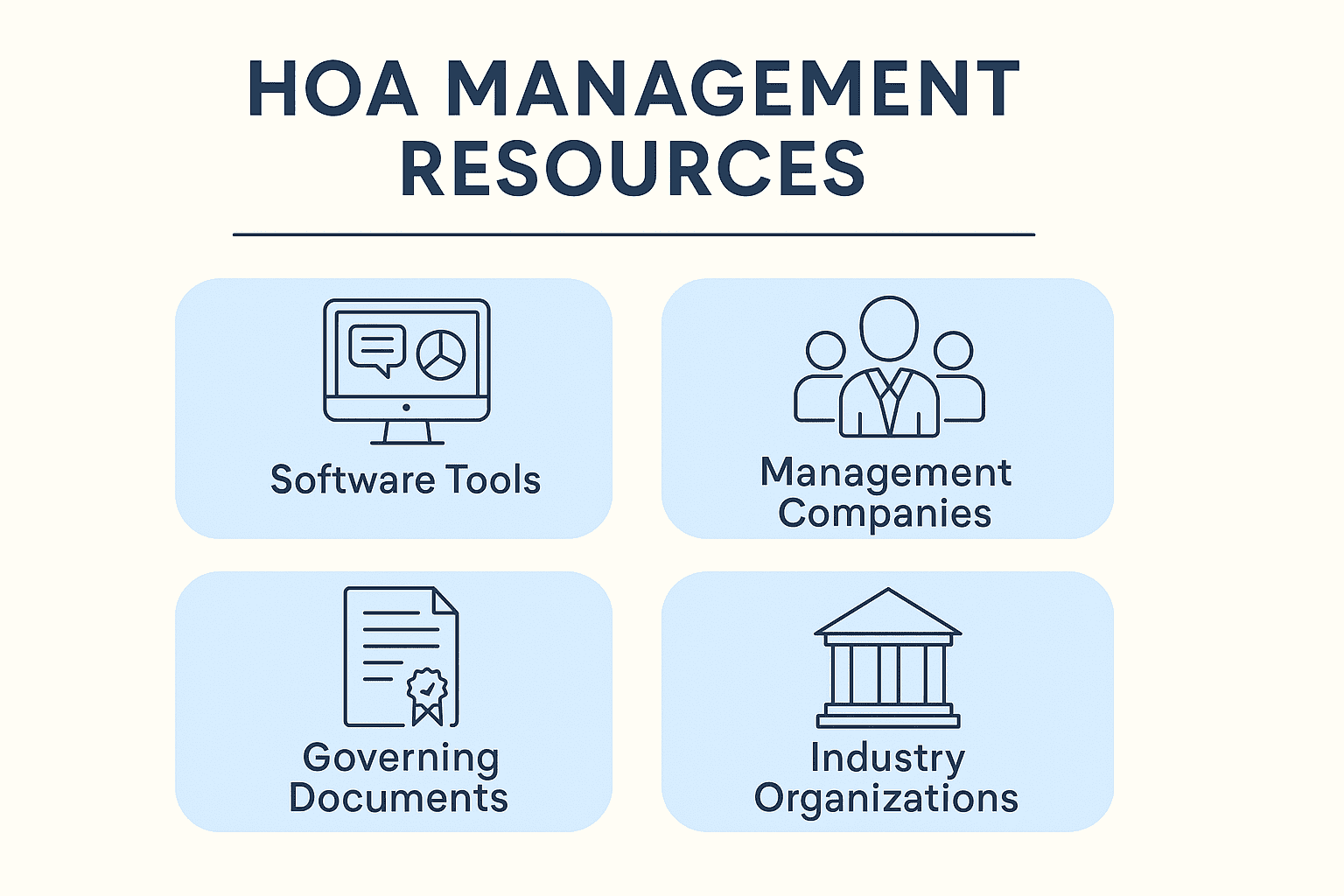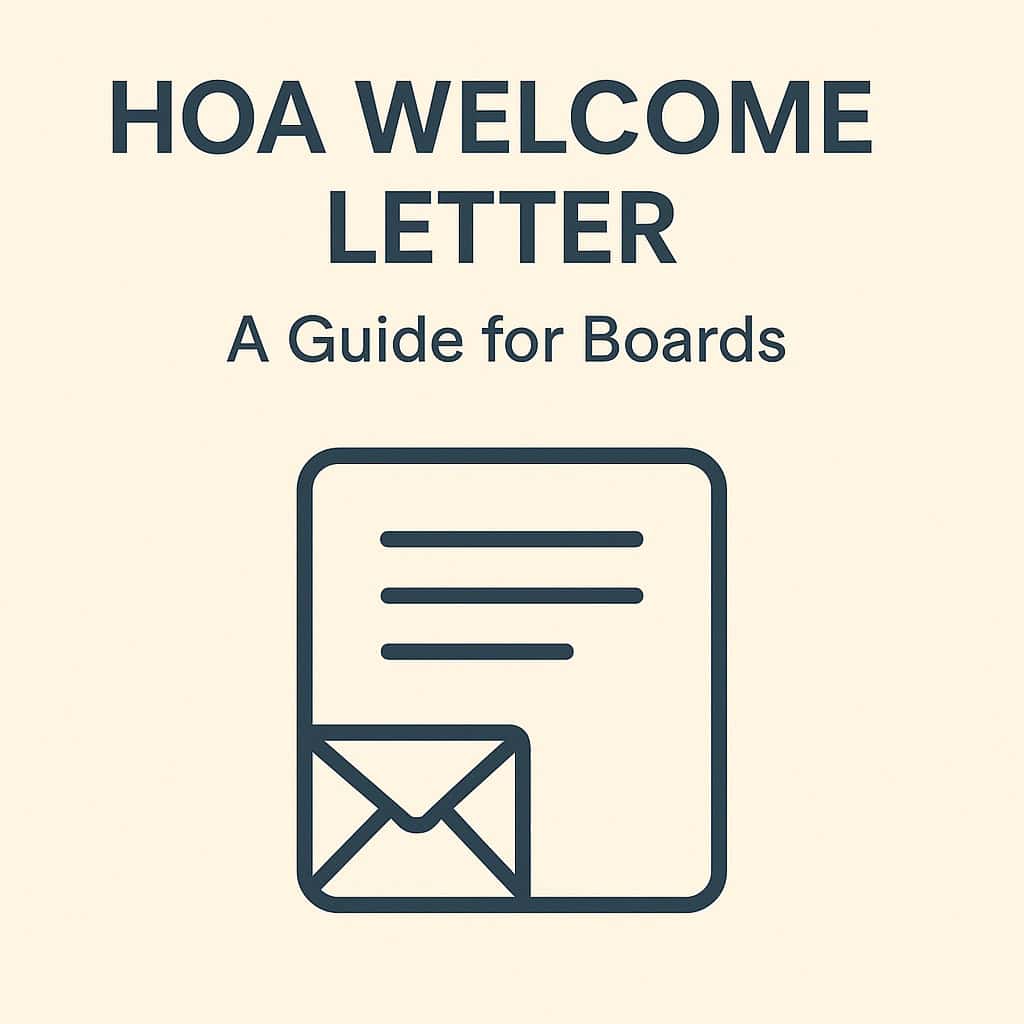Extraordinary general meeting: A practical guide for HOAs
An extraordinary general meeting (EGM) gives your HOA the flexibility to address urgent matters without waiting for the next annual meeting. Whether it’s a major repair, a bylaw change, or filling a vacant board seat, an EGM helps ensure transparency and homeowner involvement. In this post, we’ll explain when to hold one, how to notify members, and what rules apply — all tailored to a global HOA audience.

What is an extraordinary general meeting?
An extraordinary general meeting (EGM) is a formal meeting held outside the annual general meeting (AGM) schedule. In a homeowners’ association (HOA), it serves as an essential tool when urgent or significant issues arise that can’t wait until the next planned meeting. While regular general meetings often cover standard topics such as budget approvals, board elections, or annual reports, an EGM is typically called to resolve a specific issue that demands immediate attention from the board and the community.
An EGM might be convened to approve unexpected repairs, address disputes, make amendments to governing documents, or handle emergency financial matters.
When should an HOA hold an extraordinary general meeting?
There are no strict rules on when an EGM must be held — the conditions typically depend on the HOA’s bylaws. In most communities, either the board of directors or a set percentage of homeowners (e.g., 10% or 20%) can request an EGM if a particular issue is deemed urgent or significant enough.
Common triggers for calling an EGM include:
- Emergency maintenance or repair requiring homeowner approval
- Special assessments not previously budgeted
- Resignation or removal of a board member
- Legal matters affecting the HOA
- Amendments to governing documents such as bylaws or covenants
Ultimately, the purpose of an EGM is to ensure that urgent decisions can be made swiftly with homeowner involvement — rather than waiting months for the next regular meeting.
How do you invite members to an extraordinary general meeting?
Just like with regular meetings, inviting members to an EGM should follow the procedures laid out in the HOA’s governing documents. In most cases, notice must be given in writing — either via email, physical mail, or posted on the HOA’s digital bulletin board or website.
The notice should include:
- The date and time of the meeting
- The location (or link if held virtually)
- The agenda — outlining the exact issue(s) to be addressed
- Any relevant background materials or proposals
It’s important to provide sufficient notice so members have time to prepare. Many HOAs require a minimum of 7 to 14 days’ notice for an EGM.
To avoid misunderstandings or disputes, be clear and concise in your communication. If your HOA uses a platform like Anyhoa, you can send announcements, agendas, and even meeting links in one place, ensuring transparency and easy access for residents.
What makes an extraordinary general meeting valid?
An EGM is only valid if it follows the procedures outlined in your HOA’s bylaws. This usually includes:
- Proper notice given to all members
- A quorum — the minimum number of members that must be present (often defined as a percentage of homeowners)
- Clear voting procedures
If any of these elements are missing, decisions made at the meeting may be challenged or deemed invalid.
For U.S.-based HOAs, state law may impose additional requirements. For example, in California, the Davis-Stirling Act requires proper notice and quorum even for emergency meetings. In Florida, HOAs must also post meeting notices in community spaces.
That’s why it’s essential to check your governing documents before organizing an EGM.
How is an extraordinary general meeting conducted?
An EGM is often shorter and more focused than the annual meeting. Since it typically centers on a single issue, the agenda is streamlined and decisions are made quickly.
A typical flow for the meeting includes:
- Opening and confirmation of quorum
- Review of the agenda and ground rules
- Presentation of the issue by the board or requesting members
- Discussion among attendees
- Voting (if necessary)
- Recording of minutes
The minutes of the meeting should document who attended, what was discussed, and the outcome of any votes. These minutes must be shared with members afterward, usually within a set number of days.
Some platforms like Anyhoa allow you to upload the minutes directly to the HOA’s website or document archive, keeping everything accessible and organized.
Summary: Why extraordinary general meetings matter
An extraordinary general meeting gives your HOA the flexibility to make timely decisions when it matters most. Whether it’s an urgent repair, a bylaw update, or a sudden board vacancy, having clear procedures for calling and conducting an EGM helps ensure the community stays informed and involved.
Make sure to:
- Follow your bylaws for notice, quorum, and voting
- Keep communication transparent and timely
- Use digital tools to manage documents, agendas, and minutes
If you want to streamline communication and meeting management, platforms like Anyhoa can make it easier to keep everyone on the same page — even between major meetings.






